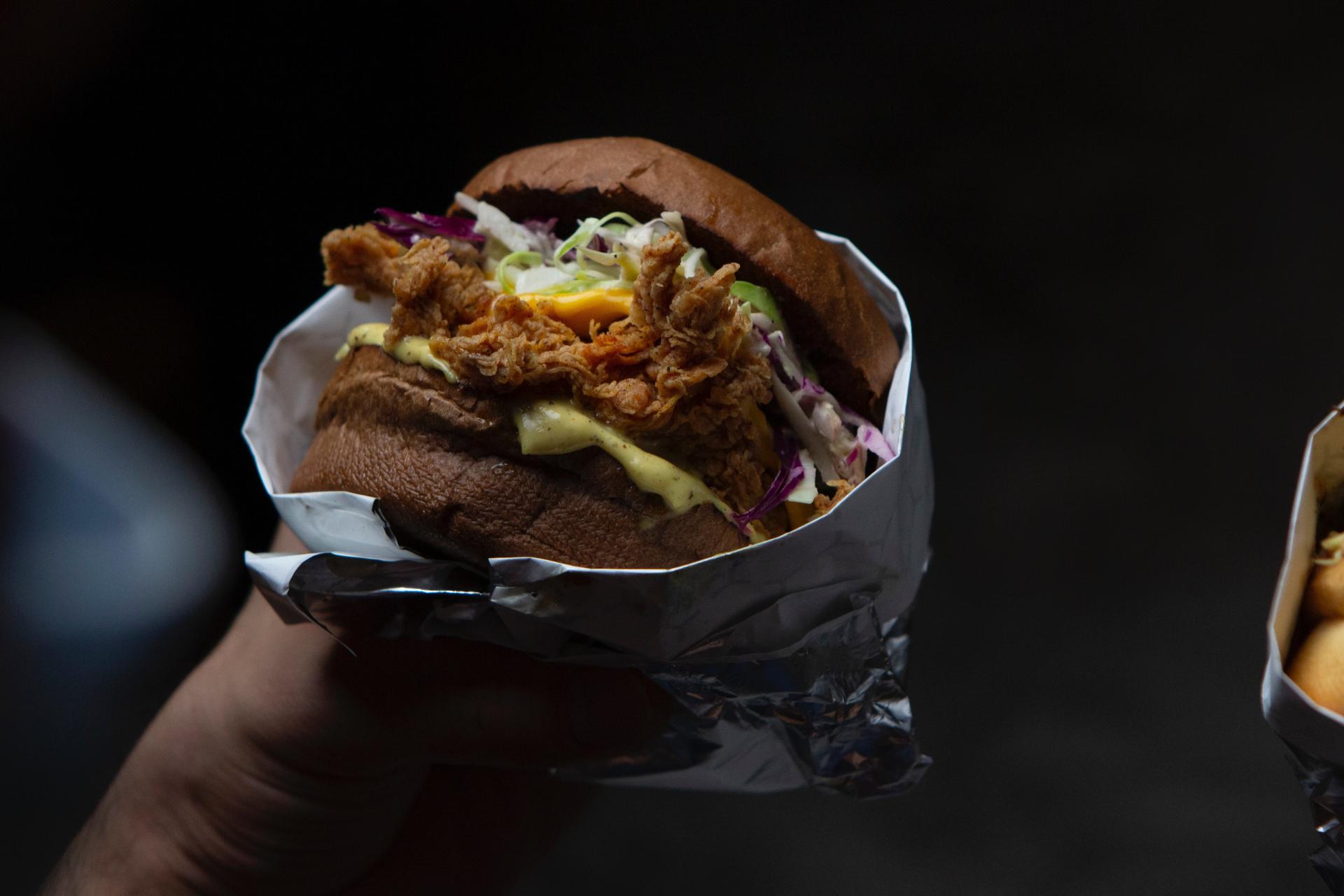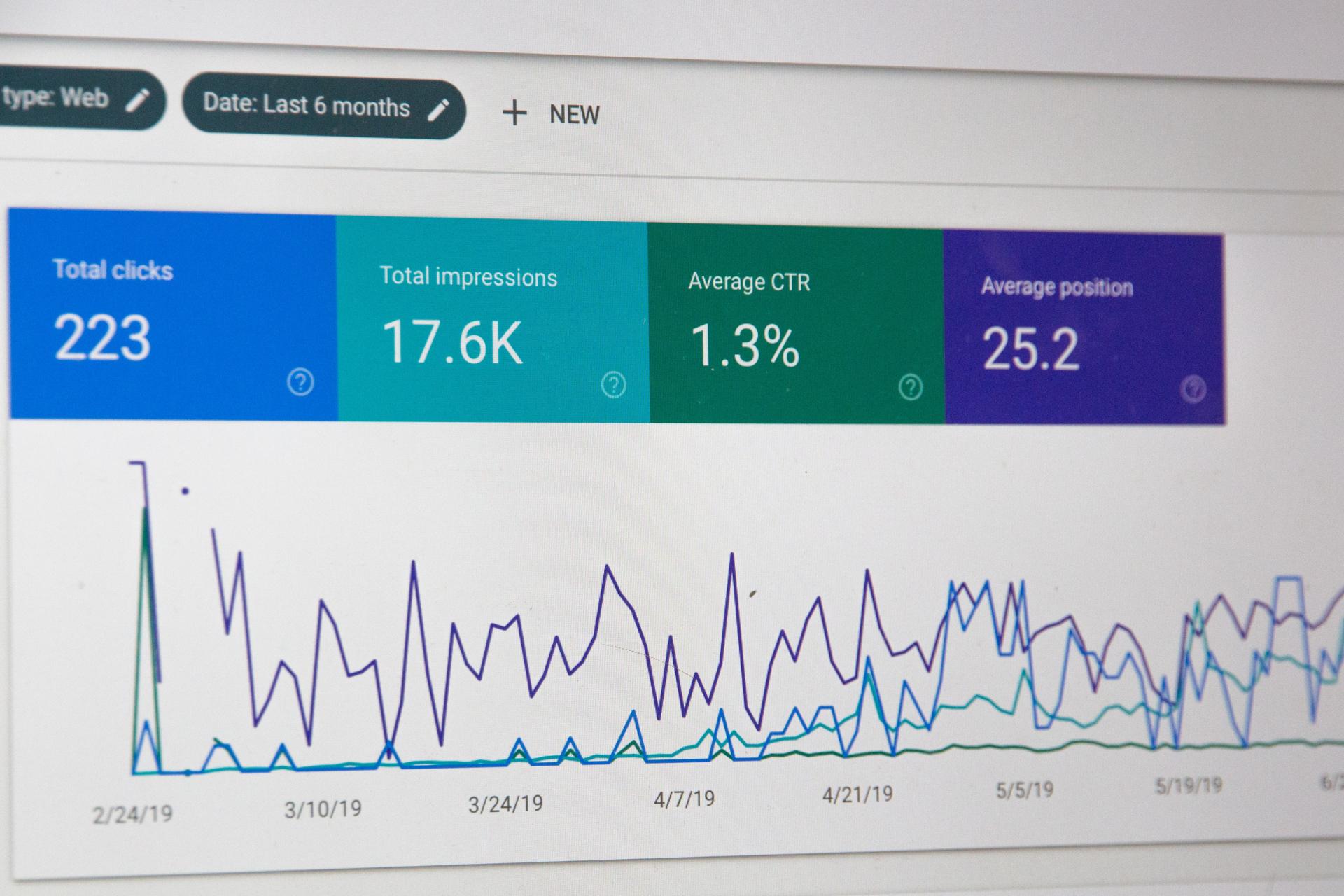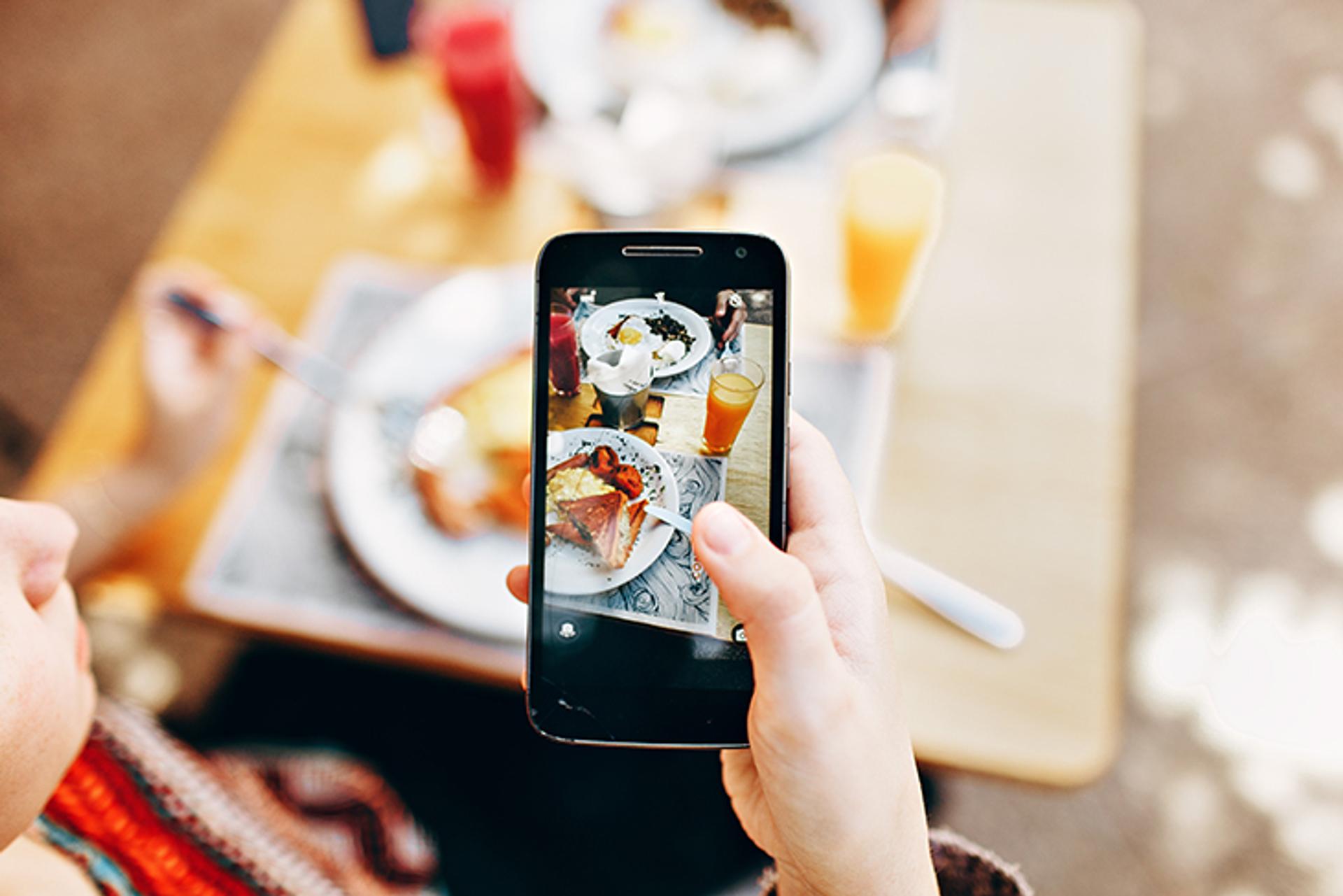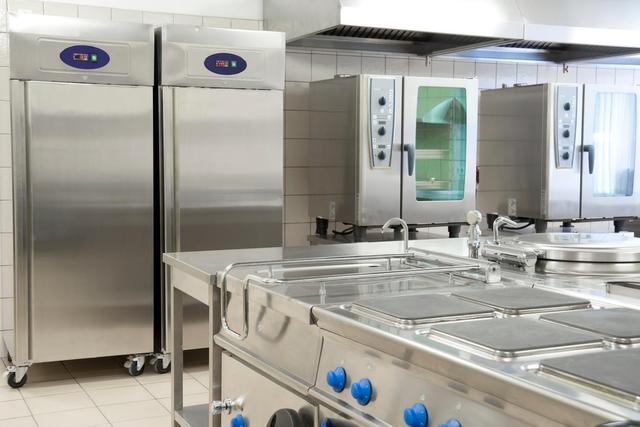Do you want to learn how to advertise a new restaurant?
Having a new restaurant that doesn't have customers yet can be a challenge, especially if you don't know how to start advertising it.
That is why it is important to have a marketing strategy when the restaurant is still in the planning phase.
In this article, I'll talk to you about how you can advertise a new restaurant. I'll also cover:
- The Importance of Marketing for a New Restaurant.
- What you should do before starting your marketing strategy.
- A simple guide on how and when to start advertising a restaurant.
- And the different strategies that you must apply.
This article is everything you need to start creating a marketing strategy for your new restaurant from scratch. It should be noted that it will help you regardless of your experience in marketing.
Let's get started!
Importance of Marketing for a New Restaurant

As I said in the introduction, having a marketing strategy from the moment you start creating your restaurant business plan is vital.
This is because businesses depend on their customers to function.
And of course, if your business is new and there is no information available for your target audience to find, customers will simply never know it exists.
In the restaurant industry, the marketing strategy plays a slightly different role than it does for other types of businesses.
Why? Because your target audience may know that there is a new restaurant in town, which means restaurant marketing isn't just about informing customers.
Instead, the role of marketing is to amplify the reach of your restaurant to attract them, inform them, connect with them, convert them, and then keep them coming back.
A new restaurant should focus on the first three parts of this process intensively to attract the most customers at the beginning — to keep them coming back, offer outstandingly good service.
But let me stop you right there because your marketing efforts can't start right away — they start with a market analysis.
The analysis or market study is what will give you the instructions to follow to define your marketing strategy.
In addition, it also gives you possible indicators of the level of success of your restaurant, although you should take them with caution and keep your expectations realistic at all times.
How to Carry Out a Market Study?

Carrying out a market study is quite expensive and complicated, so my recommendation is that you leave it in the hands of professionals and seek advice.
This will give you more accurate and actionable results to define your marketing strategy.
With that said, there are a few strategies you can use to define your marketing strategy without spending a lot of money — which you can later spend on the actual strategy.
In order for you to do it in the best possible way, it is a good idea to take an almost scientific approach to the task and to follow the steps shared below.
1. Define Your Objectives for the Market Study
To conduct an effective market analysis, you must create a specific objective or series of objectives that you want to achieve with it.
It can be anything, however, it is a good idea to focus on what factors you should know before opening your business to define your marketing strategy.
The best approach is to create important questions and then answer them with the study. Here are some examples:
Direct Competition:
- What is the direct competition like?
- What strategies are they using in social networks?
- What impact will it have on my business?
- How can I beat them?
Study the Surroundings of the Venue
- .What kind of people pass through the venue?
- How is the flow of people in front of the venue?
- What surrounds the venue?
- What threats exist near the venue? For example, competition, a garbage dump, noisy areas, or dangerous areas of the city.
What Is My Ideal Buyer Persona or Client Like?
- What would my perfect client be like?
- What are their preferences and consumption habits?
- What are their pain points when going to a restaurant?
FInd Out What People Think of My Gastronomic Proposal

- Is my product viable in the region/locality?
- Is there an audience for my product?
Note: The answers to these questions are very important, and they can end up altering your concept, your gastronomic offer, and even preventing you from opening your restaurant. You must do them as soon as possible!
What Are the Local Gastronomic Trends?
- What are the most visited restaurants in the town?
- Which ones attract the highest percentage of my target audience?
Study Other Local Businesses That Are Not Direct Competition
- What other businesses are near my restaurant?
- Which ones get the most traffic?
- What marketing strategies do they use?
This data is vital for any new restaurant owner or someone still in the planning phase.
Even so, it is very important that you define specific objectives for the study, since this way you will be able to use the most effective methods to obtain results.
2. Choose an Appropriate Analytical Method
The method you choose to collect the data or answer the questions you have asked yourself has a great impact on the results of your study. It is recommended that you choose different methods. The most common are:
In-Person Surveys
Surveys are simple, relatively inexpensive, and easy to conduct.
You should choose a place near your restaurant, create a form with the correct questions, and start filling out the form with the responses of the respondents.
You can carry them out in various places, such as near your location, in a designated radius close to your location, at food fairs, among experienced entrepreneurs, and at all kinds of events.
Focus Groups
This method is a bit more complex, expensive, and risky because there are several influences that can alter the final result, for example, the neutrality of the person carrying out the study, or the influence of the group members themselves.
Additionally, focus groups are not as effective to cover deep research like understanding the needs of your customers or devising buyer persona profiles — interviews and in-person surveys are better at that.
Still, if you manage to do it correctly, this method can give you great ideas to apply and benefit your business later.
Direct Interviews

Simply interview several people individually to obtain information or answers to specific questions that you have defined as your objectives.
This method is a bit more tedious and time-consuming, but it will give you a very valuable glimpse into the consumer's mind.
The Direct Study of the Competition
Disguise yourself as a customer and visit your competition's restaurant. Pay attention to all the important details you want to know about your competition and take notes.
Study the Online Profile of Your Competition
Just by visiting the social networks, the web pages, the contact channels, and the reviews of your competition, you will be able to know what they are doing with respect to marketing, the services they offer, and their mistakes.
All you can figure out can be used to your advantage!
Online Tools
Social networks, review websites, forums, web pages, digital magazines, and more can help you obtain valuable information about the local market as well.
In addition, you can use tools like Google Forms to create surveys and apply them online for free. You can also use paid advertising on Facebook with forms, Instagram surveys, much more.
Not to mention online survey services.
3. Study the Results
Study all the results and answers that you have obtained to define a final answer to the objectives that you defined for your study.
If you managed to get an answer for each question, then you are closer to completing the market study and attaching it to your business plan.
But not without first following the next two steps.
4. Define Your Target Audience and Your Buyer Persona

Your target audience is the general description of the people who will go to your restaurant. The buyer persona is a hypothetical profile of an individual who is part of the target audience, but who gives you more specific and human data — it is basically putting a face and name to your customers.
Here Is an Example of a Target Audience:
My restaurant's target audience is people, 18 to 26 years old, single, students, with below average income, who want to go to a restaurant with low-cost vegan and vegetarian options, and that accepts pets.
And Now an Example of a Buyer Persona:
María is a programming student at the local university, she works from home as a freelance programmer.
She has an adopted dog. Her interests are yoga, supporting organizations in favor of the environment, and labor justice towards women.
In addition, she wants to have a balanced vegan diet, that has a low impact on the environment, and is inexpensive, so she wants to find a restaurant that meets those characteristics.
Defining both aspects will give you one more way to define the needs of your customers, and later, to satisfy those needs with your restaurant.
The more detailed they are about the mentality, personality, and emotions of your clients, the better.
Marketing Strategies That You Must Apply From Day One
Once you have all the necessary information about your target audience and your buyer persona, it is time for you to start applying basic strategies.
The following strategies are quite simple, however, they will be very useful if you are in charge of marketing your restaurant, if you want to do low-cost advertising, or if you do not want to use the help of a marketing agency.
Branding — The # 1 Strategy
Branding is the first strategy that you must apply.
Branding is a compendium of values, actions, graphic elements, elements of your restaurant's service, and much more that serve as a tool to build and maintain your brand in the mind of your target audience.
In short, it is about creating a well-studied personality script, and applying it to every aspect of your business, from the prices of your dishes to the color or design of the napkins you use for the service, and of course, that everything is consistent.
Branding your business isn't really an option — even if you don't do it directly, it's already part of your restaurant.
Why? Because your restaurant, in its entirety, is your branding tool.
Having a branding strategy simply helps you have control over the way your brand grows and behaves, and of course, a little more control in the way your diners perceive you. That's why branding is important.
These are the steps you must follow to create your branding strategy:
1. Create Your Internal Brand
The first thing you must define is the internal brand. The internal brand of your restaurant are its values, its mission, and its vision.
The internal brand of your restaurant is vital because it is the essence that keeps your restaurant moving, and it is what will allow you to:
- Attract customers who connect with your restaurant.
- And attract employees who connect with your restaurant, and who will become ambassadors of your brand through the different sides of your business, such as your service, or your social networks.
This is the first step because it defines what your business really is, beyond the financial and corporate aspect.
2. Define Your Target Audience and Your Buyer Persona
Knowing your audience is crucial before the next steps, as it is what will allow you to define the following elements of your brand so that you can use them to reach your target audience and connect.
3. Study Your Competition and Define Your Position in the Market

The third aspect is to study your competition and define your position in the market.
This will help you identify the strategies your competitors are applying, if they are succeeding, or better yet, identify the mistakes they are making.
So you can avoid their mistakes, while creating a unique and original brand for your restaurant.
4. Define Your Brand and Its Personality
This step starts from the previous ones in which once you have those aspects defined, you can begin to create a personality for your brand that is effective in connecting with your guests.
The personality of your restaurant must resonate with the personality of your guests, so that your restaurant is what satisfies the needs that you recognized in your market study, your buyer persona, and your target audience.
5. Define Your Voice, Your Story, Name, and Slogan
Once you have defined the personality of your brand, it is time to define the different elements that will help you promote that brand in writing.
This includes the name of your restaurant, its history, its slogan, and the tone or voice that you will use to communicate with your target audience.
6. Define Your Visual Identity
Visual identity is everything related to the physical and virtual aspects of your restaurant.
That includes logos, slogans, banners, advertisements, the colors of your restaurant, the colors of your website, and much more.
Again, this should be in line with the emotions and the message you want to convey, which in turn are based on the voice and history of the restaurant.
7. Define Other Elements of Your Brand
In this step, you must define the aspects derived from the personality and identity of the brand.
So you should start working on details that help you push those aspects forward. That includes defining your restaurant's technological infrastructure, your point of sale, your service scripts, and more.
8. Identify Your Channels

In this step you must identify the channels of your restaurant, which mostly applies to your digital marketing strategy. I recommend that you read our article on the subject so that you can define this point of your branding strategy easily.
9. Start Your Strategy
Start using your branding strategy and your online marketing strategy with the brand that you want to build and that you have defined in the previous steps.
It is very important that from now on you begin to pay attention to diners' reactions, interactions, and more details that can help you measure the results of your strategy.
10. Evaluate Your Results, Update Your Strategy, and Start Again
After a certain time of applying your branding strategy, you can start measuring your results with simple methods, such as satisfaction surveys at your restaurant, on social networks, on your page web, through your restaurant’s online reviews, and more.
This will help you put the final twists on your strategy to better adapt it to the market and maximize your results.
Social Media Marketing
After you define your branding strategy, you can apply this and the other strategies that I mention below.
Your social media marketing strategy is very important because most people use different social media daily.
Therefore, your restaurant must have a presence in these social networks and apply the different aspects defined by the branding strategy in them.
These are the steps to create an effective social media marketing strategy:
1. Define the Social Networks of Your Target Audience
This is something you have already done for your branding strategy and also when conducting a market study to define your buyer persona and target audience.
Once you know the social networks that they use and that are most effective for distributing content about your restaurant, go to the next step.
2. Create Profiles on Social Media
This step is simple — create profiles on all the social networks that your target audience uses.
Again, you must use elements consistent with the branding of your restaurant. That includes:
- Logos
- Banners
- Names, slogans, and profile/page descriptions
And more.
Also remember to add the details of your restaurant such as address and opening hours, link the different social networks together, and of course, your website.
It is a good idea to open social media for your restaurant immediately after defining your branding strategy.
3. Adapt the Content to the Channel
Depending on your target audience’s favorite social media, you will need to use different types of content marketing to suit the specific channel.
For example, if your target audience uses Facebook or Instagram — now Meta — you should use high-quality images related to your restaurant.
You should also use text, hashtags, and other elements that help you maintain a voice consistent with your branding strategy.
And likewise for the different social networks. Videos for TikTok, YouTube, Instagram Reels, and Twitter, and more.
4. Study Your Results and Improve Your Strategy
The great thing about social media marketing is that it also allows you to study the different interactions of your target audience to optimize your content.
For example, you can check which posts generate the most likes, which type of videos have the most views, and more.
And then you can simply optimize your videos to further tailor the content to the tastes of your audience.
Creating a Website

Creating a website is also crucial for marketing a new restaurant.
As with social media, it's a good idea to create a website as soon as possible after defining your restaurant's branding.
Why?
Because this way you can have more time to position your website using local SEO (search engine optimization) practices.
Additionally, you can also use basic SEM (search engine marketing) to rank your website faster locally with paid ads.
We have created a great article that teaches you the best methods to create a website for your restaurant.
Create Opening Promotions
Opening promotions are also a great opportunity for you to easily give your restaurant exposure. But, before you start creating these promotions, you must have a solid infrastructure where your audience can view this information.
If you have been paying attention, at this point you should have active social media pages and active web pages to do it.
Opening promotions can be anything from certain free food, or free drinks, or live music, and more.
I recommend that you read our article on how to organize the grand opening of a restaurant so that you apply all the correct tips before the big day.
Influencer Marketing
Influencer marketing is also a good idea. This consists of partnering with local influencers or celebrities who can attract their followers to your restaurant.
The process to achieve this collaboration will depend directly on each influencer and their practices for this type of event.
For example, you may only need to contact them through their social networks, and schedule a visit.
But some influencers may have tighter schedules — generally, the more famous the influencer, the harder it is to get their attention.
In addition, there are different types of collaborations that you can carry out with influencers.
- Have pictures taken while eating at your restaurant.
- That they recommend it on their social media.
- Let them create videos recommending your restaurant.
- Collaborate with you for paid advertising, such as making multiple posts together, such as Instagram stories, photos, reels, and more.
- Have them make YouTube videos about their experience at your restaurant.
Some influencers may even be open to becoming part of your brand image, as models, in advertisements, in local TV commercials, and more — although of course, this can be more expensive.
Still, all of this can greatly benefit your restaurant if you choose the right influencer!
Applying These Strategies Will Give Exposure to Your New Restaurant
The most important thing about advertising a new restaurant is simply maximizing the reach of your exposure in the eyes of your target audience.
Much of marketing is actually segmenting your target audience well, knowing them, recognizing where you can find them, and more things that have more to do with your customers than with your business.
So the most important part is that — study your customers well, and selling them the idea of your restaurant will be much easier.
Haven't started marketing your new restaurant yet? Get started ASAP!
![New Restaurant Marketing [Complete Guide]](https://www.imagelato.com/images/article-cover-marketing-for-new-restaurant-60f02ed7-1024w.jpg)



